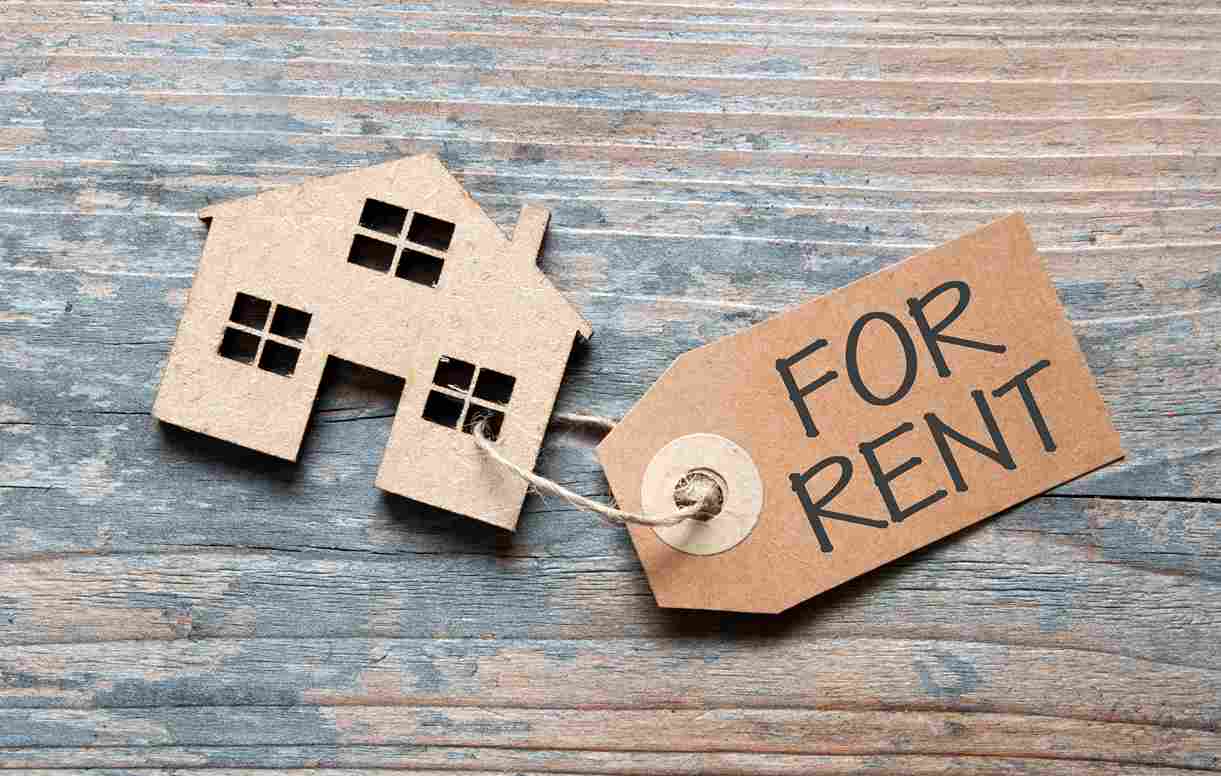
Paying rent is a part of most people’s lives at some point. At the center of the landlord-tenant relationship is the residential or commercial lease in which the tenant agrees to pay the landlord rent for use of the rental property.
When landlords and tenants enter into a lease, their agreement should outline the accepted payment options. That way, tenants know what is expected of them throughout their stay. In this article, we will discuss these various payment methods, some of which are more reliable and secure than others.
Best ways for tenants to pay rent
The best ways for tenants to pay rent are certified payment methods. These are trackable methods that are more easily verifiable. Some methods are physical paper payment, such as cashier’s checks, bank drafts, certified checks, and money orders, while others are online.
Cashier’s check or bank draft
Cashier’s checks and bank drafts are secure forms of physical paper payment that a tenant gets from their financial institution, like a bank or credit union.
Financial institutions write cashier’s checks and bank drafts against their own funds instead of the tenant’s, guaranteeing a landlord’s ability to cash them. Therefore, unlike personal checks, cashier’s checks and bank drafts can’t bounce.
When a tenant gets a cashier’s check or bank draft, the bank withdraws the funds from the tenant’s account first. Therefore, the tenant must have enough money in their account to cover their rent amount.
Once the money is withdrawn from the tenant’s account, the bank writes the check or draft, naming the landlord as the recipient. When the landlord deposits it, the funds are drawn directly from the bank rather than the tenant’s account, eliminating the possibility that the check won’t cash due to insufficient funds.
Generally, financial institutions charge a fee to obtain a cashier’s check or bank draft. Despite being secure, these payment methods can be inconvenient for tenants because they may require the tenant to travel to their bank regularly. However, some banks may also offer them online.
Certified check
As its name implies, a certified check is a check that a financial institution certifies, sometimes with a stamp and signature. Some banks charge a small fee for certified checks.
When a tenant goes to their bank to get a certified check for their rent, a teller will certify that the tenant has sufficient funds in their account to cover the check amount. In that sense, landlords can feel more confident that the check will clear than with uncertified checks.
Although they are more secure than personal checks, certified checks are not as secure as cashier’s checks, bank drafts, and money orders.
A certified check only proves that an account has the necessary funds available when the check is written. Many banks put a hold on the necessary funds to ensure certified checks clear. If a tenant’s bank does not put a hold on the necessary funds, there is no guarantee that those funds will still be in the tenant’s account when the landlord goes to deposit the check.
Like with cashier’s checks and bank drafts, tenants must have an account with a bank to acquire a certified check. Since certified checks have to be acquired in person at a physical bank branch, they can be an inconvenient payment method for a regularly occurring expense, such as rent payments.
Money order
Money orders are another form of physical paper payment. Tenants can get them from the following issuers:
- Banks, such as Chase and Wells Fargo
- Check-cashing stores
- Payday loan stores
- United States Postal Service (USPS)
- Convenience stores
- Pharmacies
- Grocery stores, such as Walmart or Kroger
Both the tenant’s and the landlord’s names have to be on the money order. Having the landlord's name directly on the money order ensures that only they can cash it, unlike with a cash payment.
Tenants must prepay the amount of the money order with a guaranteed form of payment, such as cash or debit card. Therefore, money orders can’t be returned for insufficient funds. Money orders are either filled in by hand or electronically and printed. Money orders will also have the issuer’s name on them, or in some cases, the name of the financial services company that the issuer is representing (e.g., Walmart uses MoneyGram as its financial services company).
Money orders are a very secure payment method for landlords because they can’t bounce or fail upon deposit. They can’t bounce because, unlike checks, they are prepaid, so the funds have already been drawn from the tenant’s account. In this sense, landlords can think of a money order as a gift certificate that only they can cash in.
Typically, issuers will charge tenants a fee for money orders. Some issuers, like convenience stores, typically charge less than banks for money orders.
Money orders can be beneficial for tenants who cannot use cashier’s checks, bank drafts, or certified checks, because of not having a bank account.
Online payment providers
Online payment providers allow people to send and receive money anytime, anywhere. These providers are sometimes called peer-to-peer (P2P) payment services. Peer-to-peer payment services let you use a bank account or a credit or debit card to pay friends or family from your phone.
Online payment providers include:
For tenants, paying their rent with an app is convenient. For example, with PayPal, tenants simply enter their landlord’s email address or mobile number and specify the amount to transfer funds. When tenants use funds in their digital wallets or bank accounts, there are no fees. However, they must pay a fee for credit card and debit card payments.
With Venmo, both a landlord and tenant need the Venmo app to send and receive payments. Landlords can request rent payments from tenants. Because rent payments are not peer-to-peer, they are classified as business transactions. Business transactions come with a 3% fee.
While using an online payment provider may seem a bit unsafe to some, Venmo, PayPal, and Cash App are all secure and safe methods to pay rent. All three of these providers encrypt every transaction to ensure your money is safely transferred.
Using an online payment provider for rent payments also eliminates the need to collect rent in person or by mail. For long-distance landlords, an online platform may be the best rent payment method.
Payment methods to avoid when paying rent
Some payment methods are less secure and reliable than others. Although landlords may accept some of the following payment methods sometimes, it’s important to understand the possible risks and consequences.
In addition to avoiding certain methods, tenants shouldn’t mail their rent without proof of delivery.
Personal check
Although using personal checks may be convenient for tenants, they are not as reliable as the certified payment methods outlined above.
Personal checks are those that are written by a tenant, usually from a checkbook that is tied to their checking account. They are not an ideal way for landlords to accept rent because there is no way for them to verify that the check won’t bounce. Accepting a personal check does not guarantee that the tenant has the money in their account.
Unlike a certified check, a personal check does not go through any process that verifies that the tenant has the funds. Sure, depending on a bank’s practices, there is a slight chance that a certified check could bounce, but there is a much higher chance with personal checks. Usually, if the check bounces, the tenant gets charged a bank fee.
Depending on a landlord’s relationship with their tenant, they may be fine with personal checks. For example, if a parent is renting a property to their child, personal checks may suffice. In situations where a landlord does not personally know their tenant, it may take time to build up a relationship in which the landlord is comfortable accepting personal checks for rent payments.
Cash
Even though many landlords accept rent payments in cash, it can be a risky choice for both them and their tenants.
First of all, cash is easy to lose. Any kind of physical paper payment comes with the risk of the landlord losing it. However, at least with a check, if a landlord drops it on the street and someone tries to steal and deposit it, they will be unsuccessful. Checks are addressed to specific people while cash can easily be spent or deposited by anyone.
With cash payments, there can be discrepancies and disagreements over how much a tenant says they paid versus how much a landlord says they received. Therefore, if a tenant does pay in cash, it is 100% necessary that a landlord counts the money upon transfer and provides them with a Rent Receipt.
Cash is hard to trace. If a landlord has multiple tenants, they could mix up cash payments between tenants and not know who paid what. Other forms of paper payments are always clearly labeled with the tenant's name, avoiding this issue.
Another disadvantage of cash payments is that each month landlords have to meet with their tenants for collection, as mailing large sums of cash is never a good idea.
Direct deposit
Direct deposit is a payment method in which someone transfers electronic payment into another person’s checking account. A direct deposit differs from an email money transfer (EMT) in which a payer only needs a recipient’s email address to send them money.
In the case of a tenancy, a direct deposit would involve a landlord giving their account and routing number to a tenant so they could put money into the account. However, landlords should never give their account numbers to their tenants because it raises concerns about tenants using this information dishonestly.
Three factors that affect how landlords collect rent
When determining how to collect rent, landlords should consider the following factors:
1. Number of rental properties
The number of rental properties that a landlord owns and manages can affect how they collect rent from their tenants.
Landlords with many rental properties will need a solid system to collect rent payments and stay organized. The higher the number of properties, the more likely a landlord may collect rent online, avoiding the physical transfer of multiple rent payments every month.
2. Proximity to rental properties
The location of a landlord’s rental property, and their proximity to it, can affect how they collect rent. For example, suppose someone owns a rental property in a different city or state and rents it to someone without hiring a property manager. In that case, they have to manage the rental property from afar.
Remotely managing a rental property means landlords should consider a rent payment method that accommodates their situation. In most remote cases, landlords request tenants to use an online platform to pay rent.
Remotely managing a rental property means landlords should consider a rent payment method that accommodates their situation. In most remote cases, landlords request tenants to use an online platform to pay rent.
3. Tech-savviness
If a landlord is not comfortable using or learning new technology, collecting rent via an online payment provider may not be the best option. For example, elderly landlords may be intimidated by the idea of accepting rent payments through PayPal or Venmo.
Some people find online platforms to be complicated. Therefore, landlords should recognize their ability and willingness to learn new technology when determining how they accept rent payments.
There is nothing wrong with requiring physical paper payment instead of an online alternative. Many landlords have no issue making a monthly trip to their bank to deposit checks. Ultimately, landlords must do what is best for themselves while still working with their renters to make the tenancy an enjoyable and successful experience.





